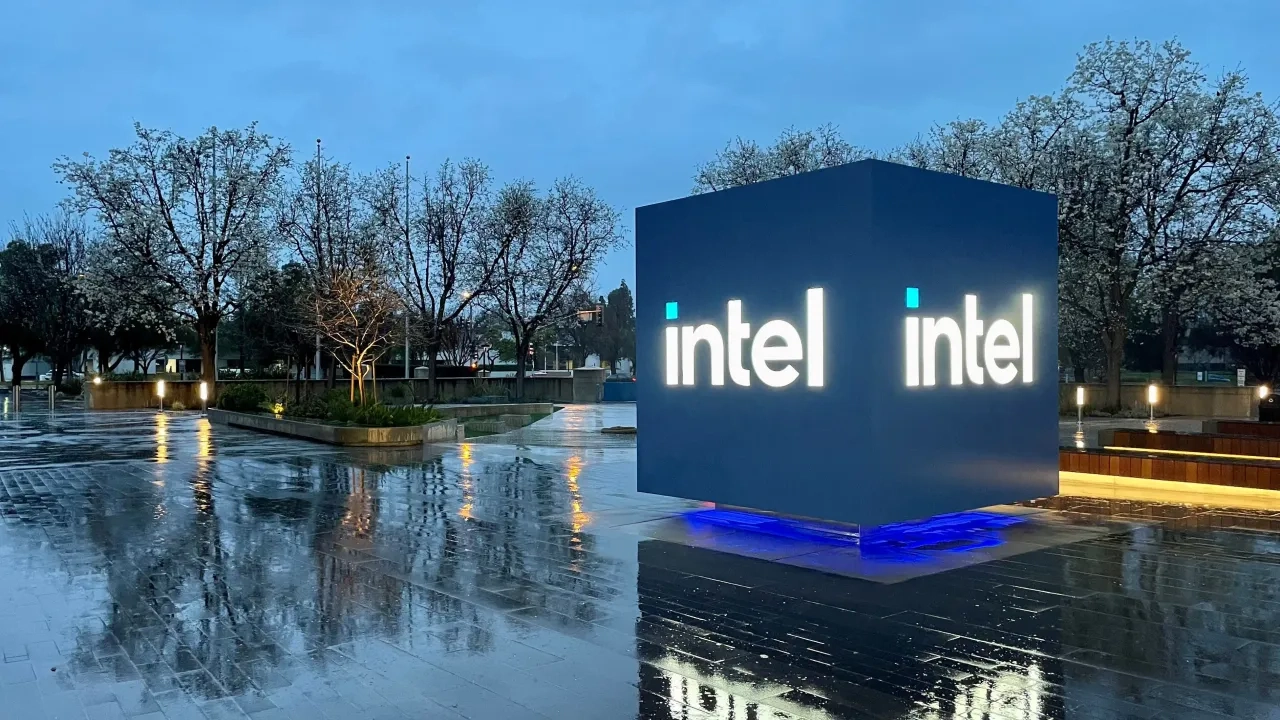
Intel Delays Ohio Chip Factory Construction: A Deep Dive into the Semiconductor Landscape
Intel, the renowned American semiconductor giant, has announced a significant setback in its ambitious expansion plans, pushing back the completion dates for its planned $28 billion chip factories in Ohio. This decision, stemming from a renewed focus on cost management, marks a notable shift in the company’s strategic direction and has ripple effects throughout the global semiconductor industry. The first factory, initially slated for completion much earlier, is now expected to be finished in 2030, with operations commencing between 2030 and 2031. The second factory will follow suit, with completion projected for 2031 and production slated to begin in 2032.
This delay represents a considerable deviation from Intel’s original timeline, stretching the construction schedule by at least five years. While Intel executives emphasize the importance of fiscal prudence in the face of fluctuating market demands, the postponement raises pertinent questions about the future of US semiconductor manufacturing and its ability to compete with global rivals, particularly in Asia. The company’s substantial investment in becoming a contract chip manufacturer, aiming to serve other companies with its advanced production capabilities, has undoubtedly placed a strain on its financial resources, necessitating this recalibration of priorities.
The announcement has been met with a mix of concern and understanding within the industry. On one hand, the delay threatens to slow the momentum towards onshoring semiconductor production to the United States, a critical goal for national security and economic resilience. The reliance on overseas chip manufacturing has been identified as a vulnerability, particularly given geopolitical tensions and the increasing importance of semiconductors in virtually every sector of the modern economy.
On the other hand, the decision to prioritize financial stability is seen by some as a necessary step to ensure Intel’s long-term viability. The semiconductor industry is notoriously capital-intensive, requiring massive investments in research and development, manufacturing equipment, and infrastructure. Premature or unsustainable expansion could jeopardize the company’s ability to innovate and compete effectively in the long run.
Naga Chandrasekaran, Intel’s production manager, underscored the company’s commitment to completing the Ohio project in a financially responsible manner. This suggests that Intel is not abandoning its long-term vision, but rather adapting its strategy to navigate the current economic landscape. The company’s decision to align its projects and factory construction with market demands is a pragmatic approach, ensuring that its investments are aligned with realistic projections of future demand.
However, the ramifications of this delay extend beyond Intel’s balance sheet. The Ohio chip factories were touted as a symbol of renewed American manufacturing prowess, promising to create thousands of high-paying jobs and revitalize the local economy. The postponement casts a shadow over these prospects, leaving communities and stakeholders in Ohio waiting longer for the promised economic benefits.
Furthermore, the delay could impact the broader semiconductor supply chain. As the demand for chips continues to surge, particularly in areas such as artificial intelligence, electric vehicles, and cloud computing, a bottleneck in production capacity could exacerbate existing shortages and drive up prices. While other companies are also investing in expanding their manufacturing capabilities, Intel’s scale and technological expertise make it a crucial player in the global semiconductor ecosystem.
To mitigate the financial pressure, Intel has implemented several cost-cutting measures, including laying off 15% of its workforce and suspending dividend payments. These measures, while painful for those affected, demonstrate the company’s commitment to prioritizing financial discipline and ensuring the long-term health of the organization. Intel aims to reduce its targeted operating expenses for 2025 to $17.5 billion, a significant reduction that reflects the company’s determination to streamline its operations and improve efficiency.
Looking ahead, the semiconductor industry faces a complex and evolving landscape. Geopolitical tensions, technological advancements, and fluctuating market demands are all shaping the future of chip manufacturing. Intel’s decision to delay its Ohio factory construction underscores the challenges and uncertainties involved in this highly competitive and capital-intensive industry.
The company’s ability to navigate these challenges and successfully execute its revised strategy will be crucial not only for its own future, but also for the broader US semiconductor industry and its efforts to regain its competitive edge in the global market. The delay in the Ohio project serves as a reminder that the path to semiconductor independence is not without its obstacles and that sustained investment, strategic planning, and prudent financial management are essential for long-term success.
The impact of this delay will be felt across various sectors, from consumer electronics to automotive manufacturing, as companies adjust their supply chains and production schedules to account for the revised timeline. The industry will be closely watching Intel’s progress in the coming years, as its success or failure could have significant implications for the future of semiconductor manufacturing and the global economy. The comments section and industry forums are buzzing with speculation and analysis, highlighting the significant interest and concern surrounding this pivotal development.
